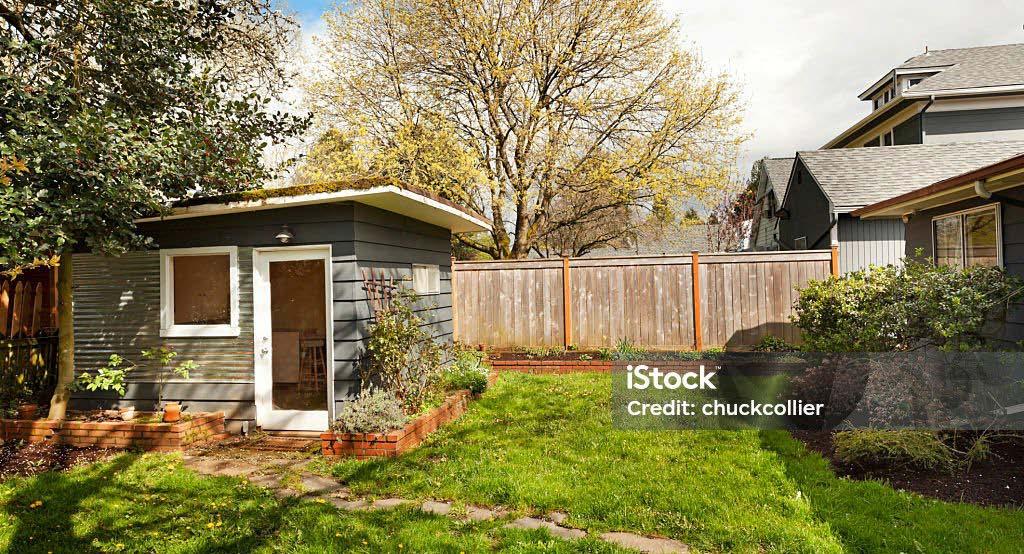
3 minute read
Building a granny flat just got easier
The New Zealand Government is set to introduce a game-changing update to building regulations by early 2026. If you’ve been dreaming of building a granny flat – or any small standalone dwelling – without the red tape, there's some welcome news.
WHAT'S CHANGING?
Starting in 2026, small standalone dwellings (up to 70 square metres) will be exempt from building consent requirements – provided they meet certain conditions. The goal? To make it easier, faster, and more affordable for Kiwis to add this kind of housing to their properties.
WHAT ARE THE RULES UNTIL 2026?
For now, a building consent is still required for any granny flat –regardless of its size or simplicity. Even if your design would qualify under the upcoming exemption, you must still get consent under current regulations.
Tip: Always check with your local council before you lift a hammer.
WHAT QUALIFIES FOR THE NEW EXEMPTION?
Come 2026, you can skip the building consent process if your granny flat meets all of these conditions:
• It's 70m² or smaller
• The design is simple and complies with the Building Code
• Construction is done or supervised by licensed building professionals
• You notify your local council before and after the build
This exemption applies to granny flats designed for any resident – not just elderly family members – supporting flexible living arrangements for all Kiwis.
INFRASTRUCTURE FEES STILL APPLY
While you might dodge building consent fees, councils will still charge infrastructure fees, known as development contributions. These are processed through the Project Information Memorandum (PIM) and help fund essential services like:
• Roads
• Water systems
• Parks and green spaces
• Community facilities
WHAT ABOUT THE RESOURCE MANAGEMENT ACT?
Don’t forget: even with building consent exemptions, you still need to comply with the Resource Management Act (1991). Depending on your site and plans, a resource consent might still be required.
The government is working on aligning the RMA with the new building processes to streamline the experience.
WHY THE CHANGE?
This update is part of a broader push to:
• Increase the supply of affordable housing
• Promote safe, warm, and durable homes
• Encourage housing flexibility for all age groups
It’s a step toward a more adaptable, inclusive housing future.
Of course, even if you’re exempt from getting a building consent, all construction must still comply with the Building Code. Safety and quality remain non-negotiable.
If you’re thinking of building a granny flat in 2026, these new rules could save you time, money, and headaches – just be sure to plan ahead, consult professionals, and stay informed on your local council’s specific requirements.





